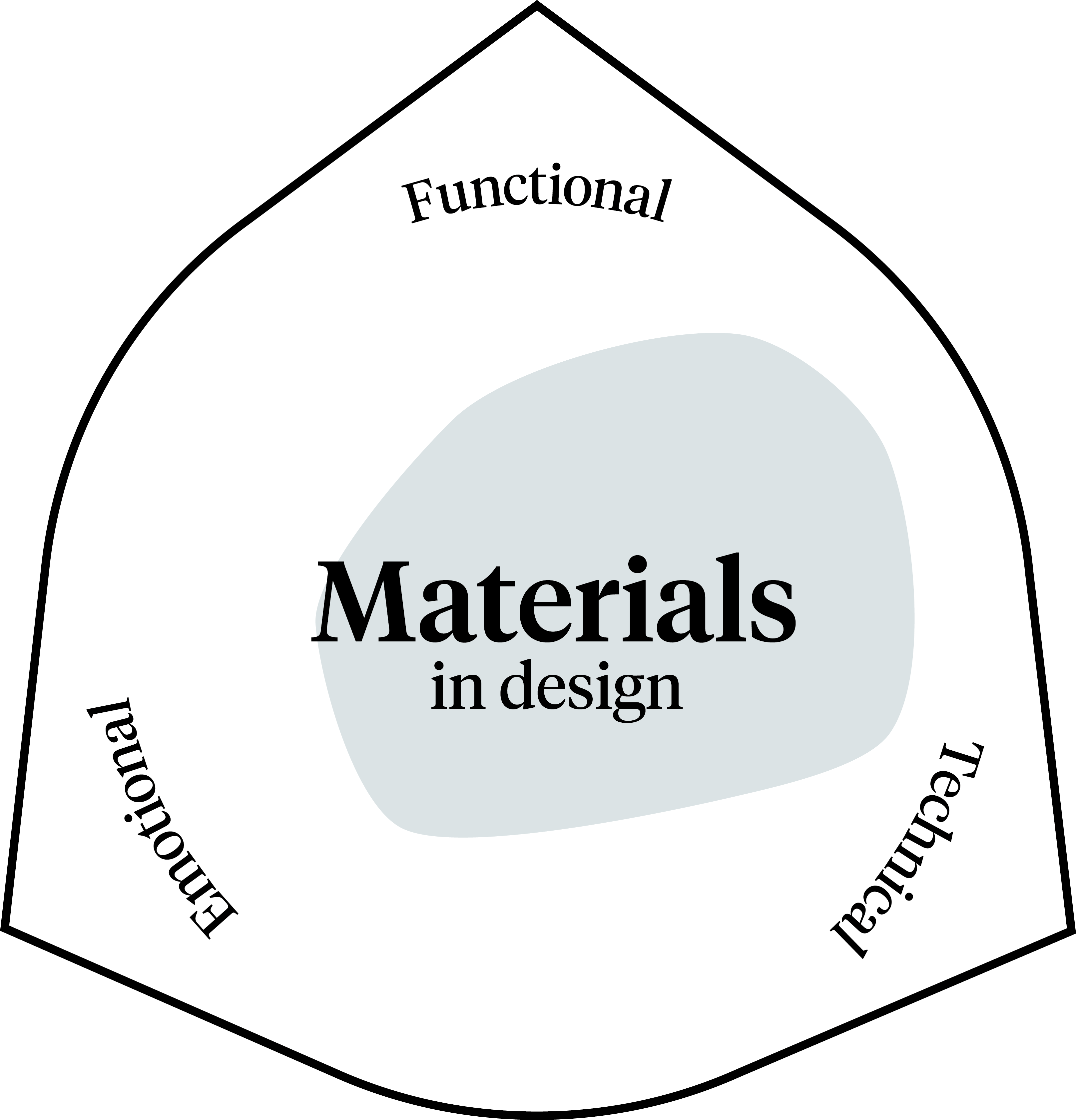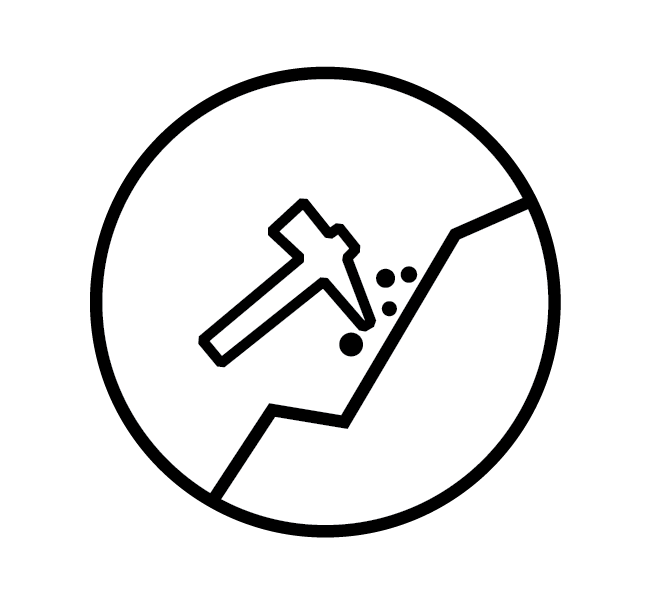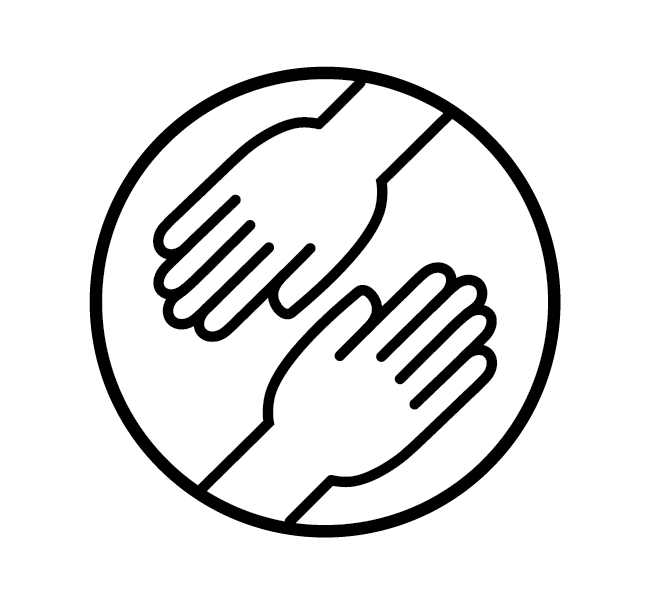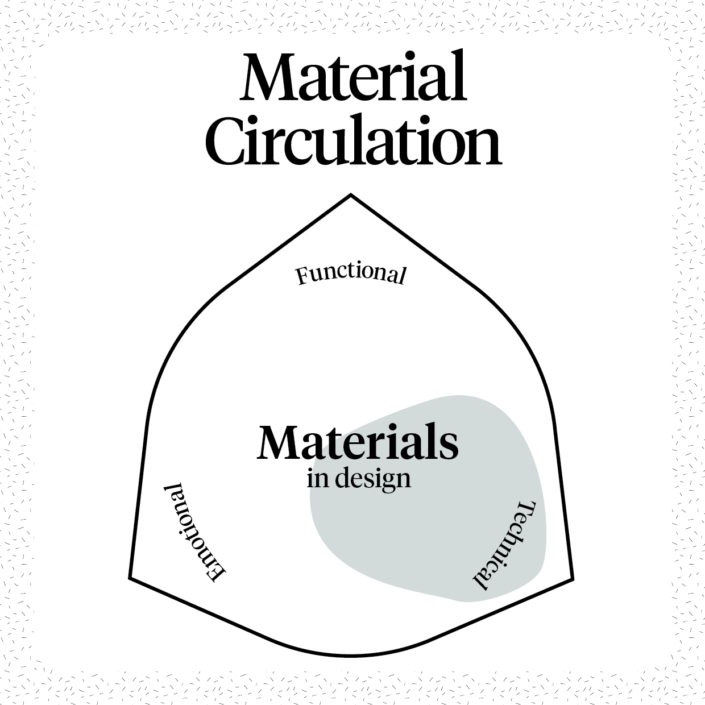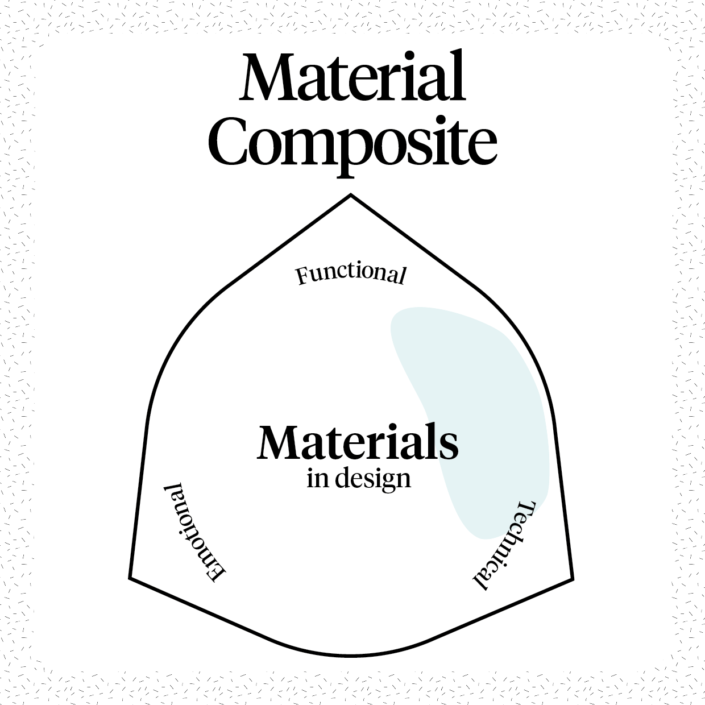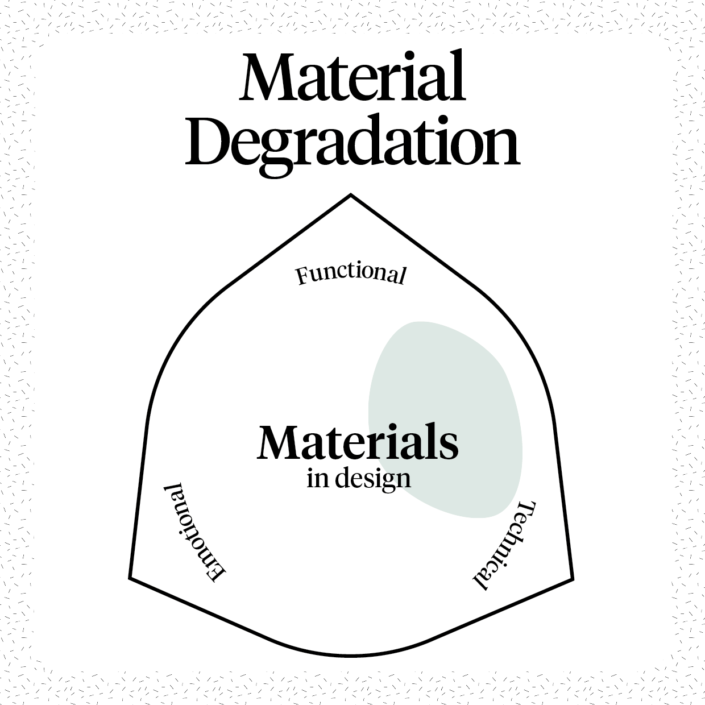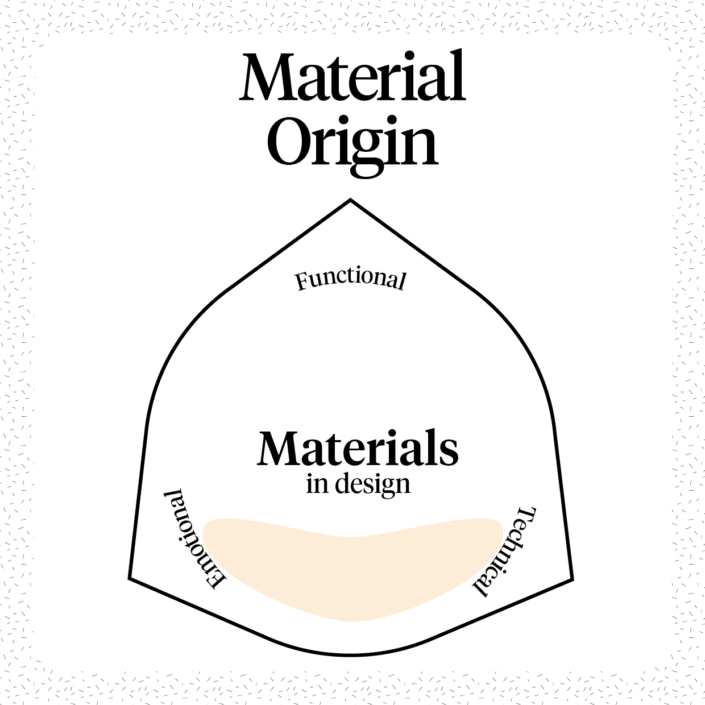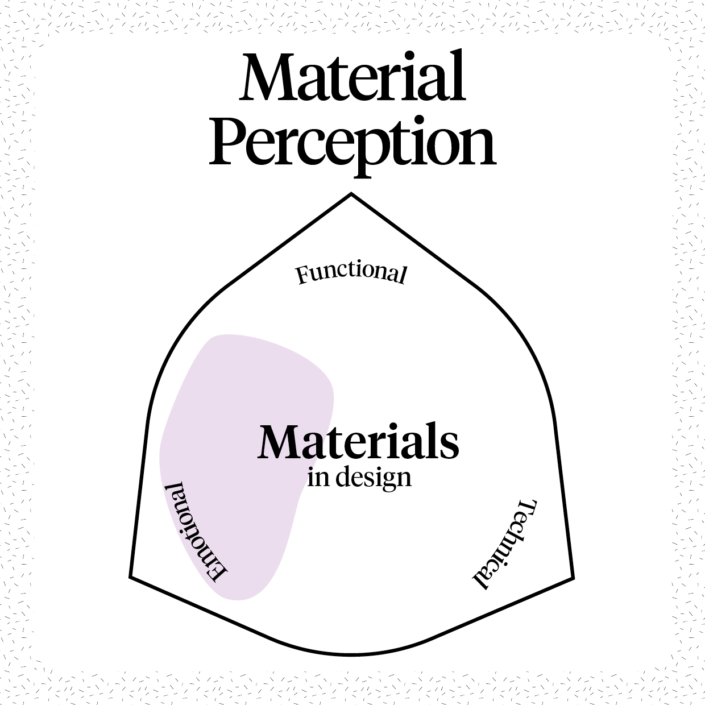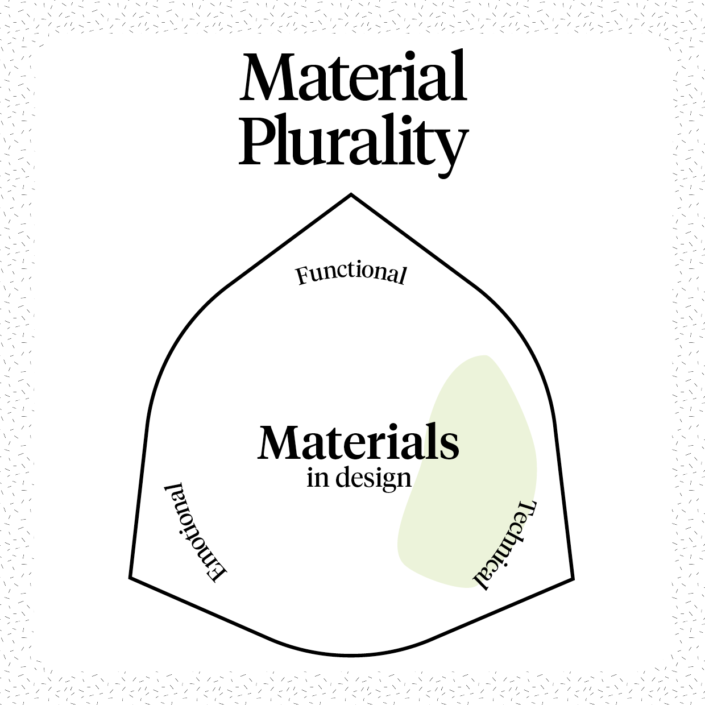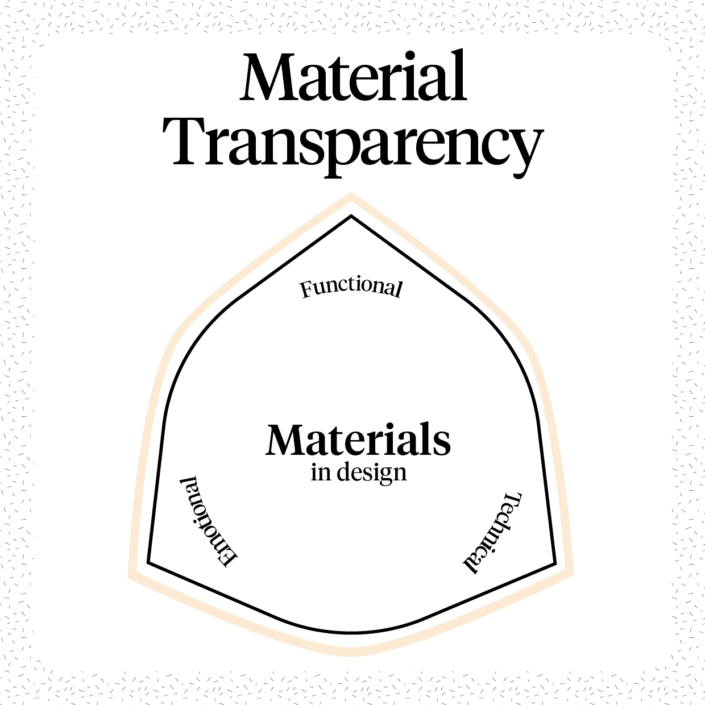What?
Material waste considers any resource consumption and waste generation throughout a product lifecycle and how these should be enclosed in a system. This includes upcycling otherwise unvalued leftover waste material and zero waste approaches to optimise utilisation of resources.
Why?
When considering waste as a valuable resource instead of something to get rid of, the incentive for reintroducing it in a purposeful application is increased. This can minimise the use of and prevent premature disposal and instead add multiple loops to the lifespan of materials.
Challenges
- It is difficult to prevent contamination and breakdown of material resources.
- It requires co-thinking design, production, use and disposal.
- Transparency throughout the product lifecycle is essential.
Examples
- 3D printing techniques from e.g. Materialise can be using multiple materials and offer efficient use of materials as well as potential reuse of excess materials.
- WasteBasedBricks are a combination of clay bricks, glass, ceramics and insulation that are waste materials generated from a local factory.
- Pure Waste re-spins waste yarns and off-cuts from pre-consumer waste in order to create fully-recycled knitted and woven garments.
Further Reading
Kottaridou & Bofylatos (2019). Design out waste methodology for circular economy, In: Proceedings of Responsive Cities. Disrupting through circular design, Barcelona, Spain, pp. 1-12.
Laitala et al. (2015). Making Clothing Last: A Design Approach for Reducing the Environmental Impacts. International Journal of Design 9(2), pp. 93-107.
McDonough & Braungart (2013). The Upcycle: Beyond Sustainability — Design for Abundance. North Point Press.

